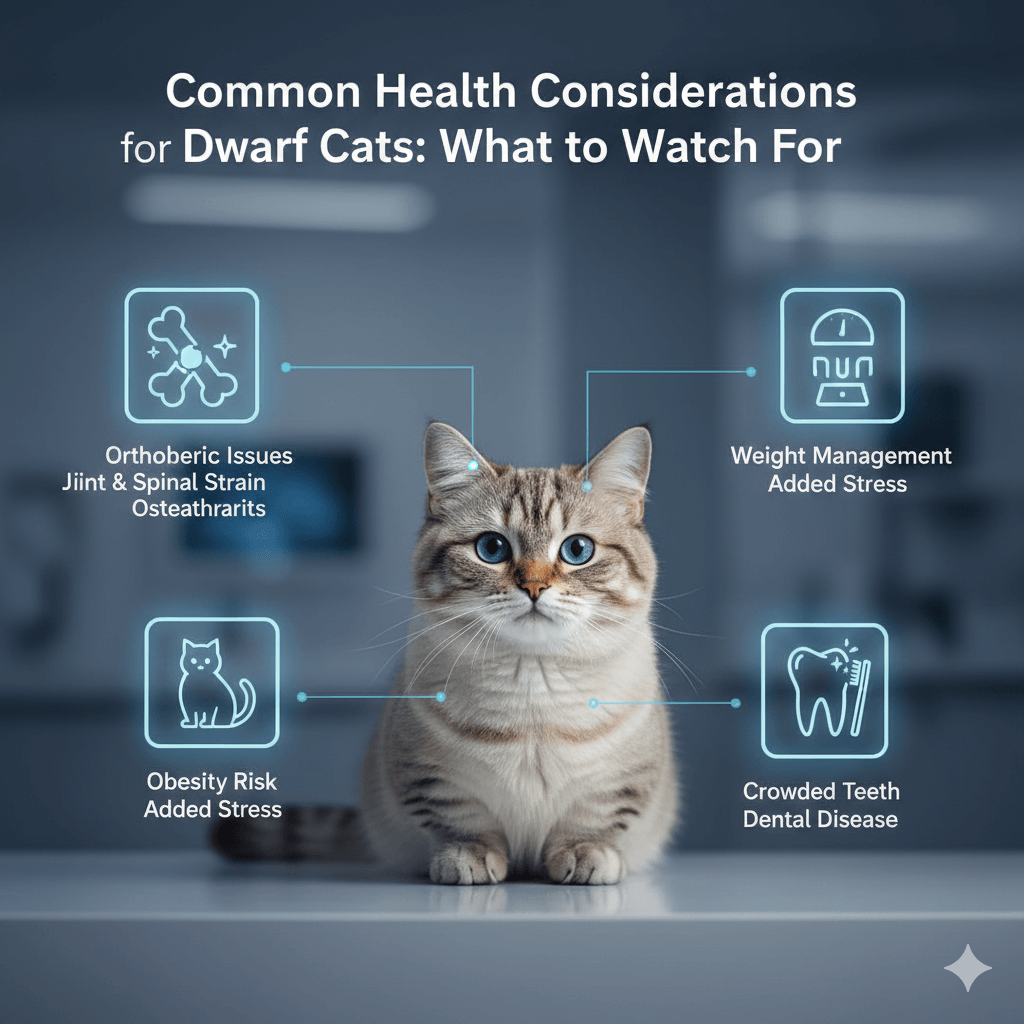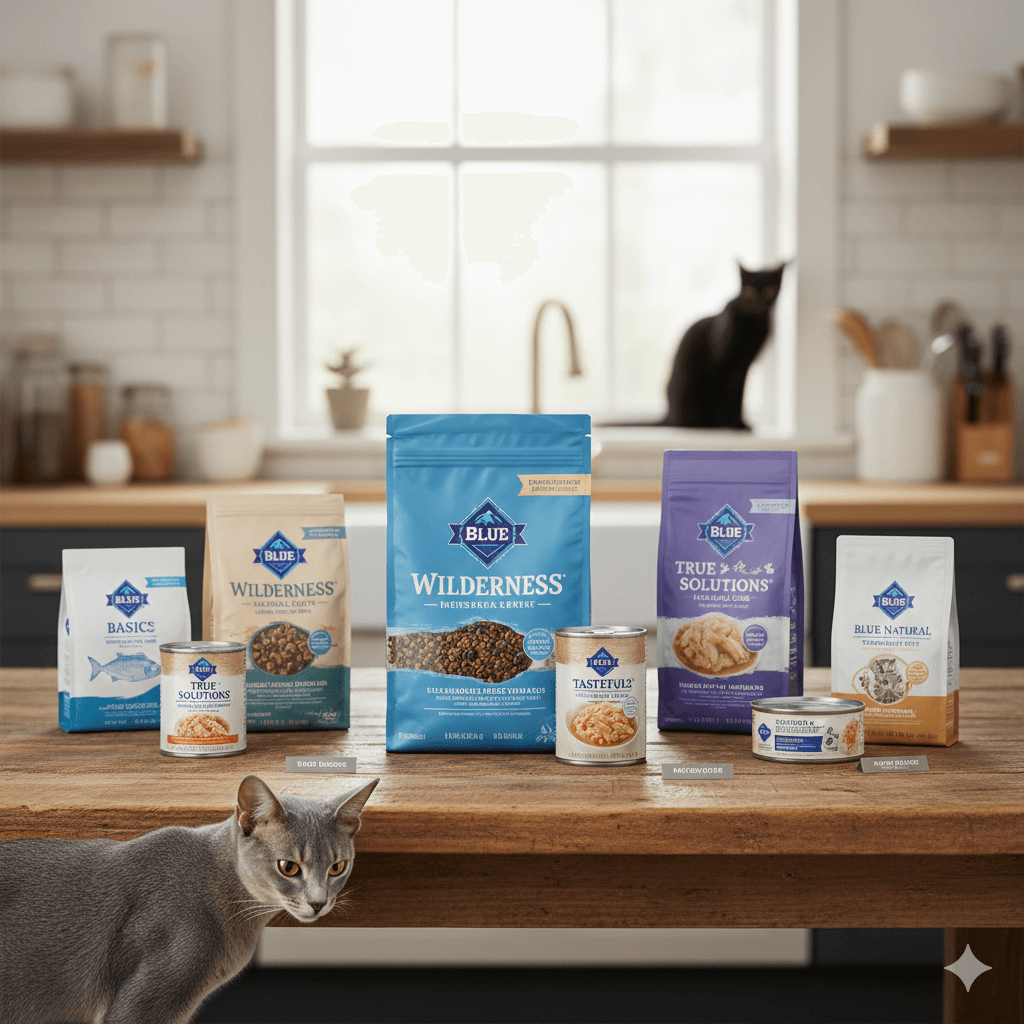Why Does My Dog Eat So Fast? Unraveling the Mystery Behind Your Pup’s Speedy Eating
Have you ever watched your dog devour their food in seconds, leaving you wondering if they even tasted it? It’s a common concern among pet owners, and while it may seem amusing at first, rapid eating can have serious consequences for your furry friend. From potential health risks to behavioral triggers, understanding why your dog eats so fast is the first step toward helping them develop healthier eating habits. In this blog post, we’ll explore the reasons behind this behavior, provide practical tips to slow down mealtime, and ensure your pup stays happy and healthy.
The Instinctual Roots of Fast Eating
Dogs are descendants of wolves, and many of their behaviors today stem from survival instincts honed over thousands of years. When it comes to eating quickly, these instincts play a significant role. Below are some key factors that explain why your dog might be scarfing down their food:
Competition for Resources : In the wild, dogs had to compete with other pack members for food. Eating quickly ensured they got their share before others could take it.
Scarcity Mindset : Wild ancestors often faced unpredictable food availability. Eating fast was a way to maximize intake during times of abundance.
Pack Dynamics : Even in multi-pet households, dogs may feel the need to “win” their meal by eating faster than their housemates.
Natural Foraging Behavior : Dogs are wired to consume food rapidly when they find it, as lingering could attract predators or competitors.
Genetic Programming : Some breeds are naturally more prone to fast eating due to their hunting or working backgrounds.
Understanding these instinctual drivers can help you empathize with your dog’s behavior. While these traits served them well in the wild, they can lead to issues in a domestic setting.
Health Risks Associated with Fast Eating
Eating too quickly isn’t just a quirky habit—it can pose serious health risks for your dog. Here’s a breakdown of the potential dangers of rapid eating:
Bloat (Gastric Dilatation-Volvulus) : This life-threatening condition occurs when a dog’s stomach fills with air and twists, cutting off blood flow. Fast eaters are at higher risk.
Choking Hazards : Gulping food increases the likelihood of choking on large pieces or objects mixed into their meals.
Vomiting and Regurgitation : Eating too fast can overwhelm the digestive system, leading to frequent vomiting or regurgitation.
Obesity : Dogs who eat quickly may not feel full right away, prompting them to beg for more food and potentially gain weight.
Digestive Discomfort : Rapid consumption can cause gas, bloating, and general discomfort after meals.
These risks highlight the importance of addressing fast eating early on. By taking steps to slow your dog’s eating pace, you can protect their long-term health and well-being.
Check this guide 👉Top 5 Best Stainless Steel Slow Feeder Dog Bowls for Healthy Meals!
Check this guide 👉Why Does My Dog Curl Up in a Ball? Best 7 Behavior Tips!
Check this guide 👉5 Best Slow Feeder Dog Bowls for Ultimate Mealtime Control!

Reasons Dogs Eat Fast | Solutions to Slow Them Down |
|---|---|
Instinctual competition | Use a slow feeder bowl |
Fear of scarcity | Feed smaller, more frequent meals |
Pack dynamics | Separate pets during feeding time |
Genetic predisposition | Offer puzzle toys for mental stimulation |
Lack of awareness | Monitor and adjust portion sizes |
Behavioral Triggers That Encourage Fast Eating
While instincts and genetics play a big role, certain environmental factors can also contribute to fast eating. Identifying these triggers can help you create a calmer mealtime routine for your dog:
Mealtime Anxiety : If your dog feels stressed or anxious during meals, they may eat quickly to “get it over with.”
Overexcitement : Some dogs simply get overly excited about mealtime, leading to impulsive eating behaviors.
Lack of Training : Without proper guidance, dogs may not understand that eating slowly is preferable.
Inconsistent Feeding Schedule : Irregular meal times can make dogs feel uncertain about when their next meal will come, encouraging them to eat quickly.
Attention-Seeking Behavior : If your dog associates fast eating with receiving praise or rewards, they may repeat the behavior to gain attention.
By addressing these behavioral triggers, you can create a more relaxed atmosphere around mealtimes and encourage your dog to eat at a healthier pace.
Practical Tips to Slow Down Your Dog’s Eating
Fortunately, there are many ways to help your dog slow down during meals. These strategies are easy to implement and can make a significant difference:
Use a Slow Feeder Bowl : These bowls have ridges or obstacles that force your dog to eat more slowly.
Hand-Feed Treats Occasionally : Hand-feeding small portions can teach your dog to savor their food.
Spread Food Across a Tray : Instead of piling food in one spot, spread it out to encourage slower consumption.
Incorporate Puzzle Toys : Interactive toys challenge your dog mentally and physically, slowing down their eating process.
Create a Calm Environment : Reduce distractions and noise during meals to help your dog focus on eating mindfully.
With patience and consistency, these techniques can transform your dog’s eating habits and promote better digestion.
Common Myths About Fast Eating in Dogs
There are several misconceptions about why dogs eat quickly, and understanding the truth can help you address the issue more effectively. Let’s debunk some common myths:
Myth: Fast eating means my dog is always hungry.
Fact: While hunger can play a role, many dogs eat quickly due to instinctual or behavioral reasons rather than an empty stomach.Myth: Only large breeds eat fast.
Fact: Dogs of all sizes and breeds can exhibit fast eating behaviors, though some breeds may be more prone to it.Myth: Fast eating is harmless if my dog doesn’t choke.
Fact: Even if your dog doesn’t choke, rapid eating can still lead to digestive issues, obesity, and other health risks.Myth: Changing food brands will fix the problem.
Fact: The type of food isn’t usually the issue—how the food is presented and consumed matters more.Myth: My dog will outgrow fast eating.
Fact: Without intervention, fast eating often persists into adulthood and can worsen over time.
By separating fact from fiction, you can focus on addressing the real causes of fast eating and implement effective solutions.
Signs Your Dog’s Fast Eating Is Becoming a Problem
While occasional fast eating might not seem alarming, certain signs indicate it’s becoming a serious issue. Keep an eye out for these red flags:
Frequent Vomiting After Meals : If your dog regularly throws up shortly after eating, it could be a sign they’re consuming food too quickly.
Excessive Gas or Bloating : Rapid eating can cause digestive discomfort, leading to bloating or excessive gas.
Obsessive Begging for More Food : Fast eaters may not feel full right away, prompting them to beg for additional meals.
Aggressive Behavior Around Food : Guarding their bowl or showing aggression during meals can indicate anxiety or competition-related fast eating.
Lethargy After Eating : If your dog seems unusually tired or unwell after meals, it could be a sign of digestive distress caused by fast eating.
Recognizing these signs early allows you to take proactive steps to address the issue before it escalates into a more serious health concern.
How to Make Mealtime Fun and Engaging for Your Dog
Slowing down your dog’s eating doesn’t have to be a chore—it can also be an opportunity to make mealtime more enjoyable. Here are some creative ways to turn feeding into a fun activity:
Use Interactive Feeders : These toys challenge your dog to work for their food, making meals both mentally and physically stimulating.
Incorporate Training Sessions : Practice basic commands like “sit” or “stay” before releasing your dog to eat. This builds patience and reinforces good behavior.
Try Scatter Feeding : Instead of placing food in a bowl, scatter it across the floor or yard to encourage natural foraging behaviors.
Introduce Food-Stuffed Toys : Fill Kongs or similar toys with food or treats to keep your dog occupied and slow down consumption.
Create DIY Feeding Puzzles : Use household items like muffin tins or cardboard boxes to design simple puzzles that make eating more engaging.
By turning mealtime into a game, you not only slow down your dog’s eating but also strengthen your bond through shared experiences.
Frequently Asked Questions About Fast Eating in Dogs
Is it normal for dogs to eat fast?
While it’s common, it’s not necessarily normal or healthy. Fast eating can indicate underlying issues like anxiety or competition.
Can fast eating harm my dog?
Yes, it can lead to serious conditions like bloat, choking, and digestive problems.
How do I know if my dog has bloat?
Symptoms include a swollen abdomen, restlessness, drooling, and attempts to vomit without success. Seek veterinary care immediately if you suspect bloat.
Should I change my dog’s diet to slow them down?
Not necessarily. Focus on changing how you feed them rather than what you feed them.
Will training help my dog eat slower?
Absolutely! Positive reinforcement can encourage mindful eating habits over time.
Helping Your Dog Develop Healthier Eating Habits
Fast eating is a behavior rooted in instincts, but with the right approach, you can help your dog adopt healthier habits. Whether it’s using specialized tools like slow feeder bowls, creating a calm environment, or addressing underlying behavioral triggers, every small step counts. Remember, your dog looks to you for guidance, and by taking action, you’re ensuring their meals are not only enjoyable but also safe. With patience and consistency, you can transform mealtime into a positive experience for both you and your furry companion.
Cat Anxiety Treatment: 7 Proven Ways to Calm Your Stressed Feline Cats are masters of hiding their distress — but when …
Is Royal Canin Good Cat Food? Best 7 Expert Tips! Learn the truth about this brand & get vet-approved advice on feeding, ingredients, and tailored formulas.
Dwarf Cat Lifespan: Best 7 Expert Tips! Discover how to ensure a long, healthy, and happy life for your short-legged feline companion.
Blue Buffalo Cat Food: Best 7 Expert Tips! Discover how to choose the right formula, feeding strategies, and nutritional benefits for your feline friend.




